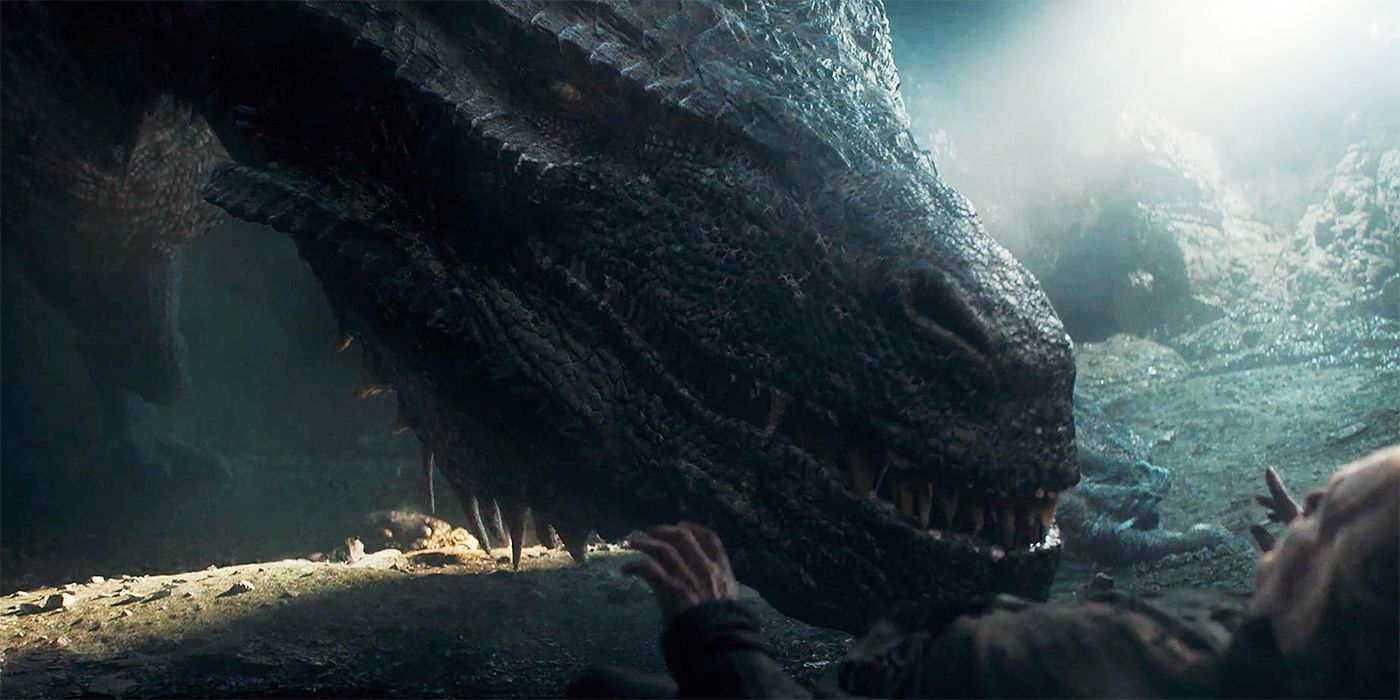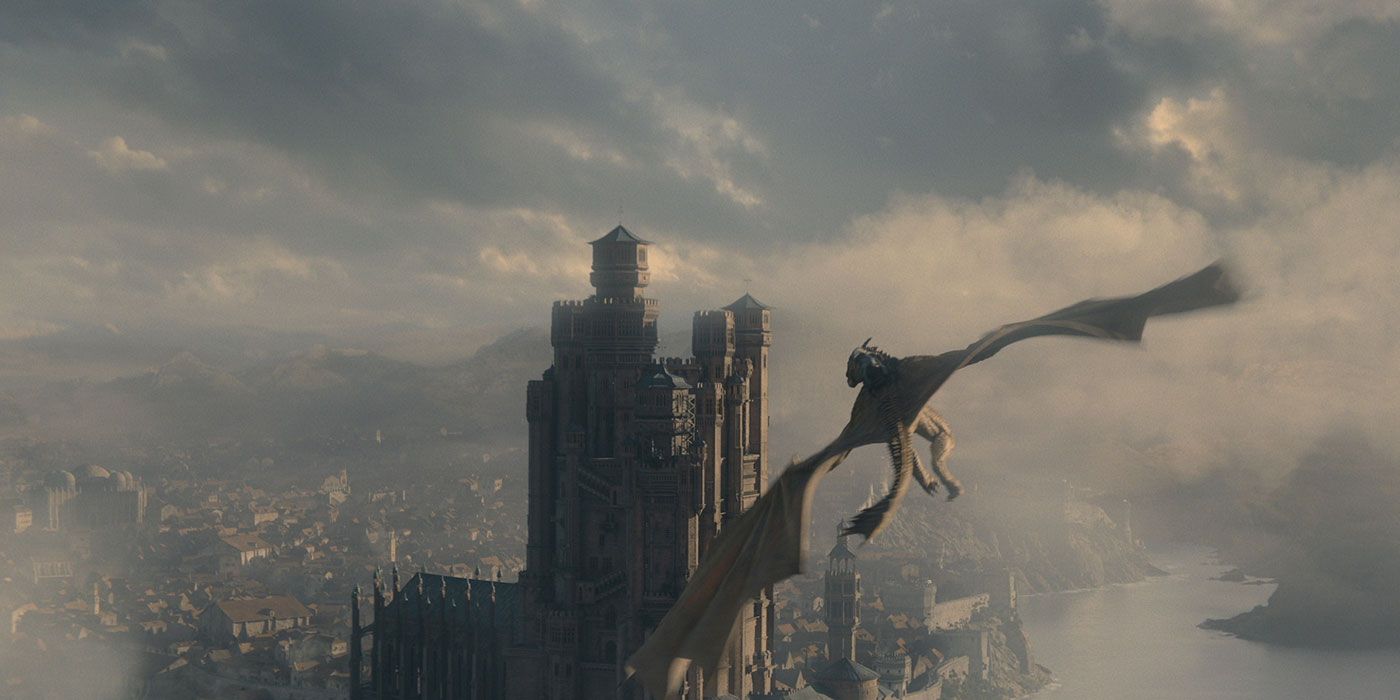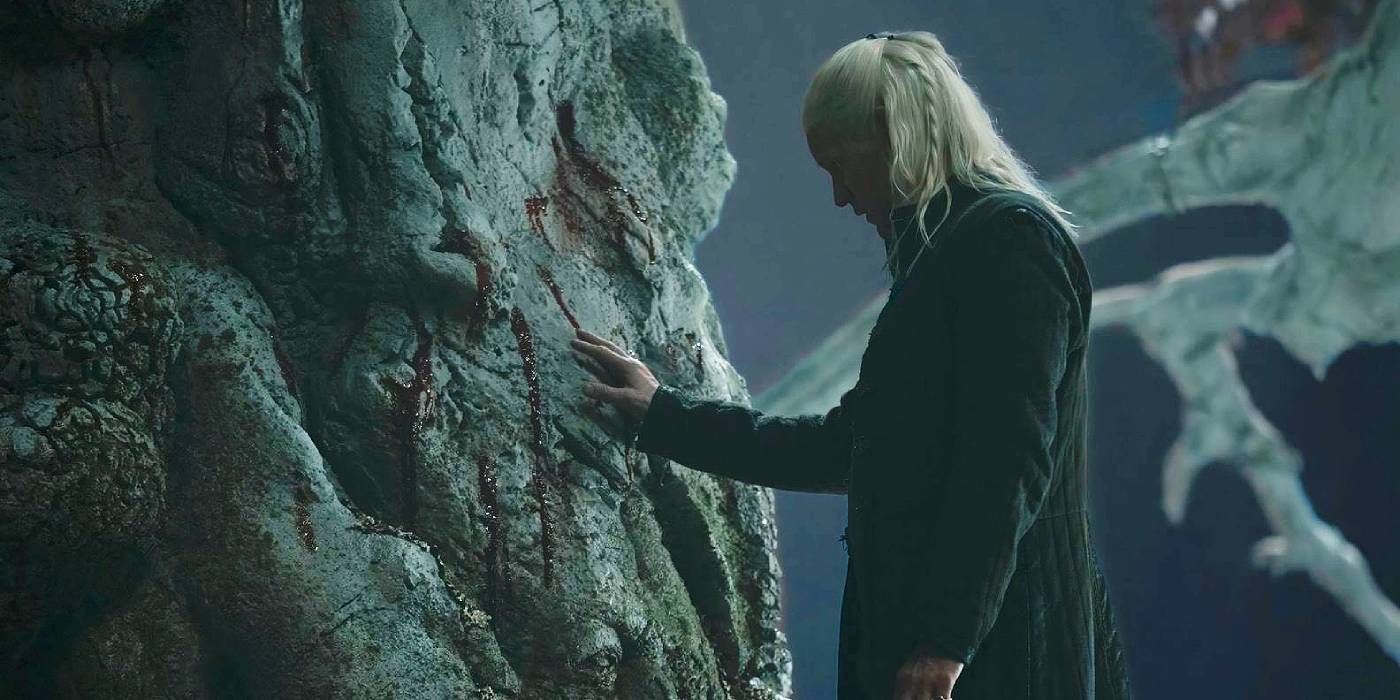The Big Picture
- The VFX team for
House of the Dragon
faced challenges in animating the dragons realistically, requiring creative solutions to convey their weight and flight. - Crafting the personalities of dragons in
House of the Dragon
added depth and distinction to each mythical creature’s character. - Reimagining the iconic King’s Landing for the prequel series involved subtle yet significant modifications to create a seamless and visually cohesive environment.
When it comes to bringing the mythical world of House of the Dragon to life, the visual effects (VFX) team faces immense challenges with each new season. Martin Pelletier, a key figure at Rodeo FX, recently provided Collider with a detailed look into the intricate work involved in crafting some of the series’ most visually stunning moments, ahead of the release of their incredible VFX breakdown of the series. From animating dragons to reconstructing the iconic King’s Landing, Pelletier revealed the technical hurdles and creative solutions that define the show’s visual style.
The Complexity of Dragon Animation
One of the most demanding sequences in House of the Dragon involved Baela riding Moondancer in Season 2, Episode 3. Pelletier described this scene as “by far” the most technically challenging, largely due to the varying lighting conditions during filming. “We had massive light shifts, so you went from a full-blown overcast shot to a full sunny day backlit,” he explained, highlighting the difficulties in maintaining visual consistency across such shots. To address these challenges, the team used sky replacements and precise grading techniques to smooth out these differences. This meticulous approach ensured that the sequence felt natural and cohesive, despite the drastic changes in lighting.
Animating the dragons themselves was no small feat. Without real-life references for such massive, mythical creatures, the team had to get creative. “We’re looking at some bats, we’re looking at some Komodo dragons… Yet none of this has any of the scale that we’re looking for,” Pelletier noted. The challenge lay in giving the dragons the appropriate weight and realism, particularly when depicting their flight.
The team initially set Moondancer’s cruising speed at 150 MPH, a speed that posed additional challenges when the dragon was close to the ground. “The 150 MPH rule wasn’t making a lot of sense when we were scraping off the ground,” Pelletier admitted, revealing that they had to slow things down to avoid making the scene look unrealistic or absurd. This delicate balance was crucial in ensuring that the dragon’s movements felt believable while still conveying the intended speed and power.
Crafting Dragon Personalities in ‘House of the Dragon’
One of the unique aspects of House of the Dragon compared to its predecessor Game of Thrones is the emphasis on each dragon’s distinct personality. For example, Moondancer was designed to be “kind of a punk, kind of reckless, aggressive,” with snappier and more twitchy movements that reflected her fiery temperament. This was in stark contrast to Silverwing, another dragon featured later in the season, who was depicted as regal, slow-moving, and exuding elegance and control. “Silverwing, as opposed to our punk, Moondancer, is supposed to be… fearless, super strong, yet elegant and really smart,” Pelletier elaborated, highlighting the careful consideration that went into animating each dragon to reflect its unique personality traits. This attention to detail extended to how the dragons interacted with their environments.
In one memorable scene, Silverwing is introduced in a dark cave, where her emergence had to be both gradual and ominous. “The way she’s moving forward is once again done in a super slow, heavy, highly controlled motion,” Pelletier explained. This deliberate pacing was essential to establishing Silverwing’s imposing presence and ensuring that the audience felt her full scale and power. The contrast between Silverwing’s controlled elegance and Moondancer’s aggressive energy was carefully crafted to highlight the differences in their characters, making each dragon distinct and memorable.
Reimagining King’s Landing for ‘House of the Dragon’ Set Over a Century Before ‘Game of Thrones’
Reconstructing King’s Landing for House of the Dragon posed its own set of challenges, particularly since the series is set over a century before Game of Thrones. “We inherited the King’s Landing even though it was well-featured in Season 1,” Pelletier explained, but he added that his team had the freedom to reshape certain aspects of the city to better align with the new series’ needs. This included expanding the harbor and modifying the landscape around the Red Keep to create a more visually cohesive environment that would serve the story. “There’s a massive section mainly in front of the Red Keep that was completely reshaped,” Pelletier revealed, describing how these changes were necessary to ensure that the aerial shots and on-the-ground scenes matched seamlessly.
Pelletier emphasized that the goal with environments like King’s Landing is to make them as seamless and photorealistic as possible. “You almost want it to go under the radar completely,” he said, stressing that the best VFX work is often the kind that goes unnoticed because it blends so perfectly with the live-action footage. The modifications made to King’s Landing were subtle but significant, enhancing the overall visual experience without disrupting the established look of the city.
The Unsung Heroes of ‘House of the Dragon’s VFX
While dragons naturally draw the most attention, Pelletier was quick to point out that other aspects of VFX, such as environment work, are just as crucial to the series’ success. “VFX is there to support the story, but in the end, we’re not in any kind of way the hero of a story,” he remarked. The true measure of success, he suggested, is when the audience is so immersed in the story that they don’t even realize they’re looking at visual effects.
This is particularly true for the extensive environment work done on the series, where the goal is to create settings that feel as real and lived-in as possible. “If we manage to make it feel like it’s been shot like it’s a drone shot or whatever, then we’ve done our job perfectly fine,” Pelletier said, highlighting the importance of making the VFX work feel invisible to the viewer.
For fans and viewers, understanding the depth and complexity behind these visual effects only adds to the appreciation of what House of the Dragon achieves on screen. As Pelletier and his team continue to push the boundaries of what’s possible in VFX, it’s clear that their work is instrumental in bringing George R.R. Martin’s world to life, one breathtaking scene at a time. House of the Dragon is streaming now on Max.
Watch on Max





